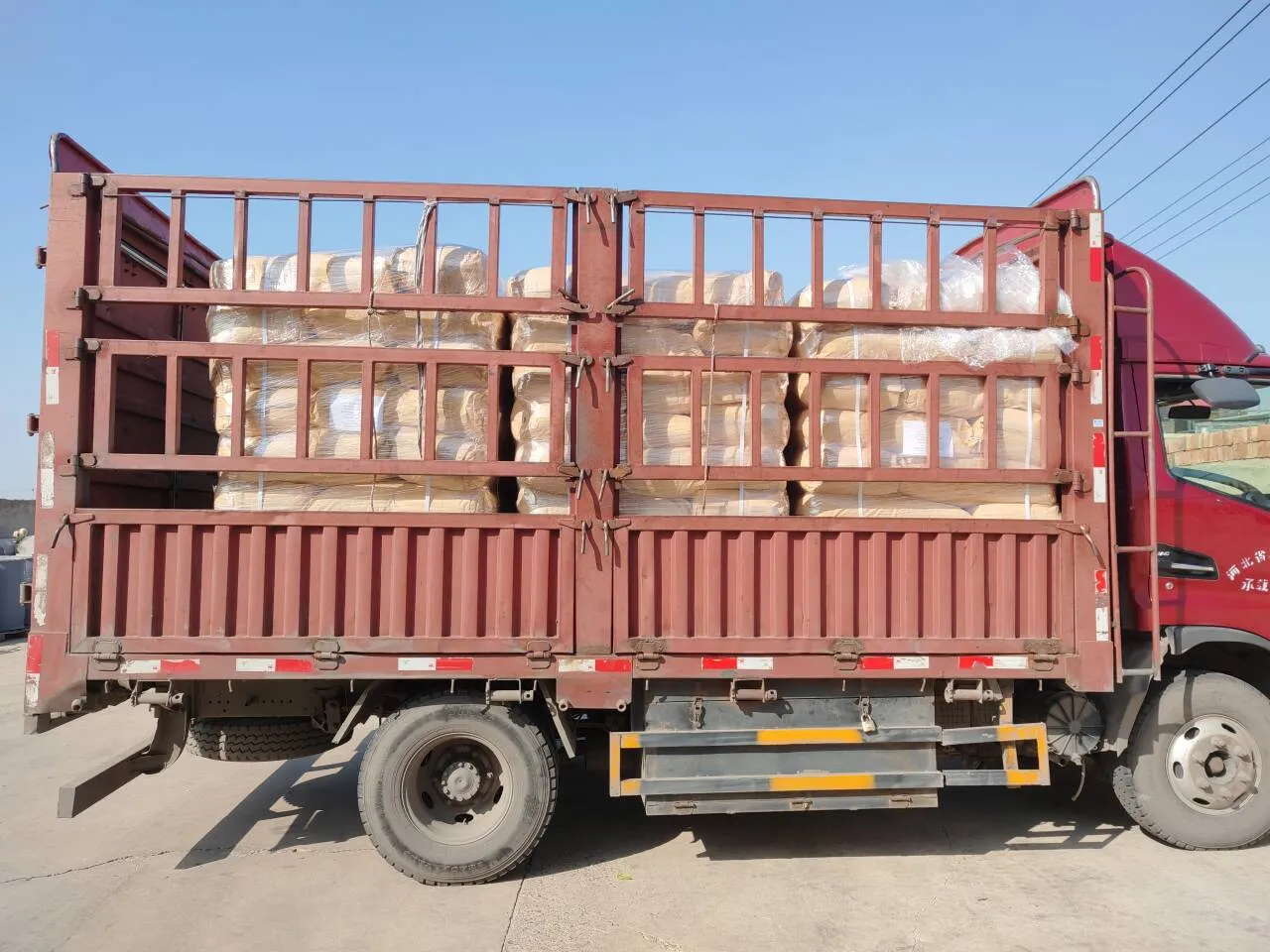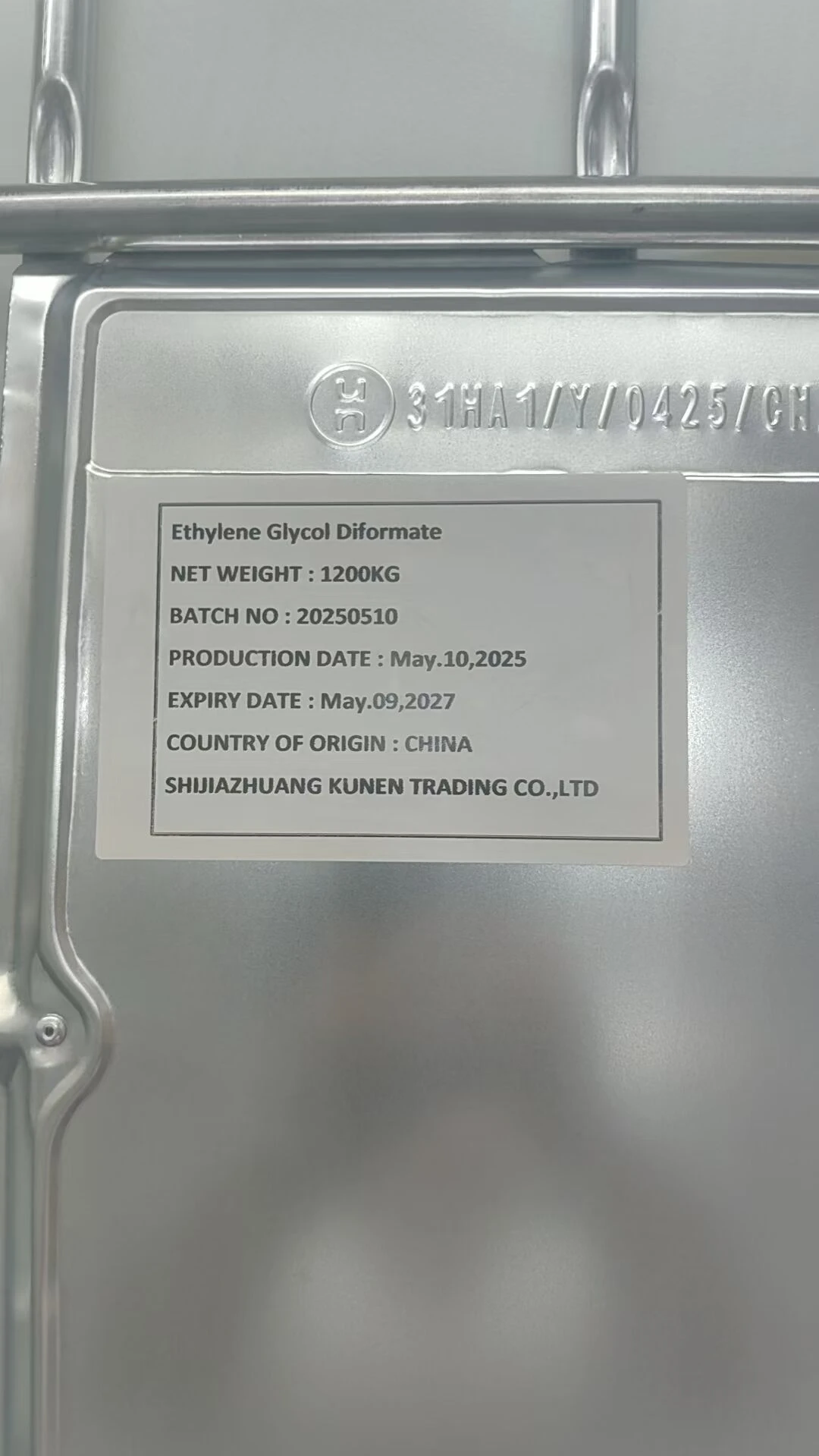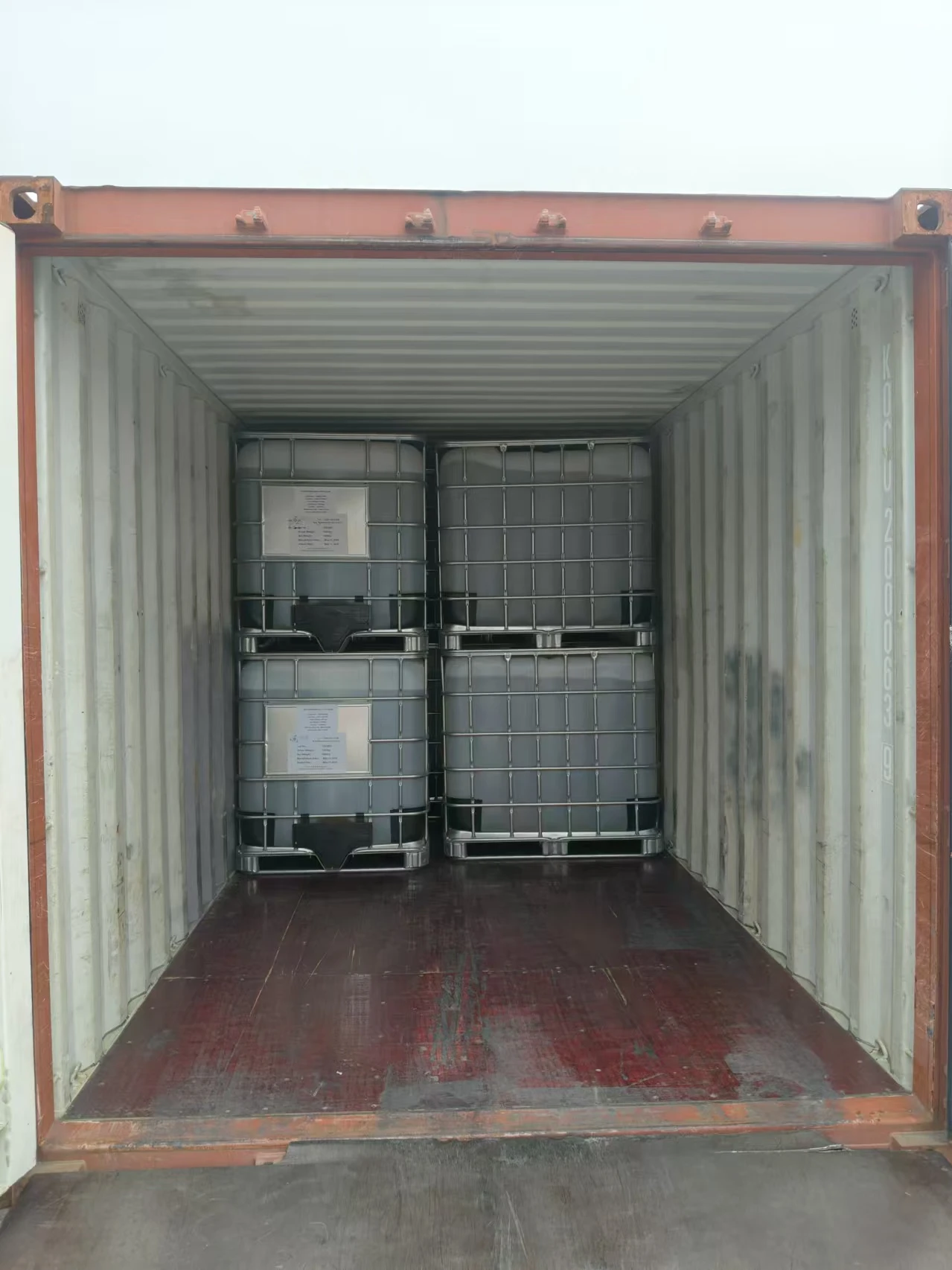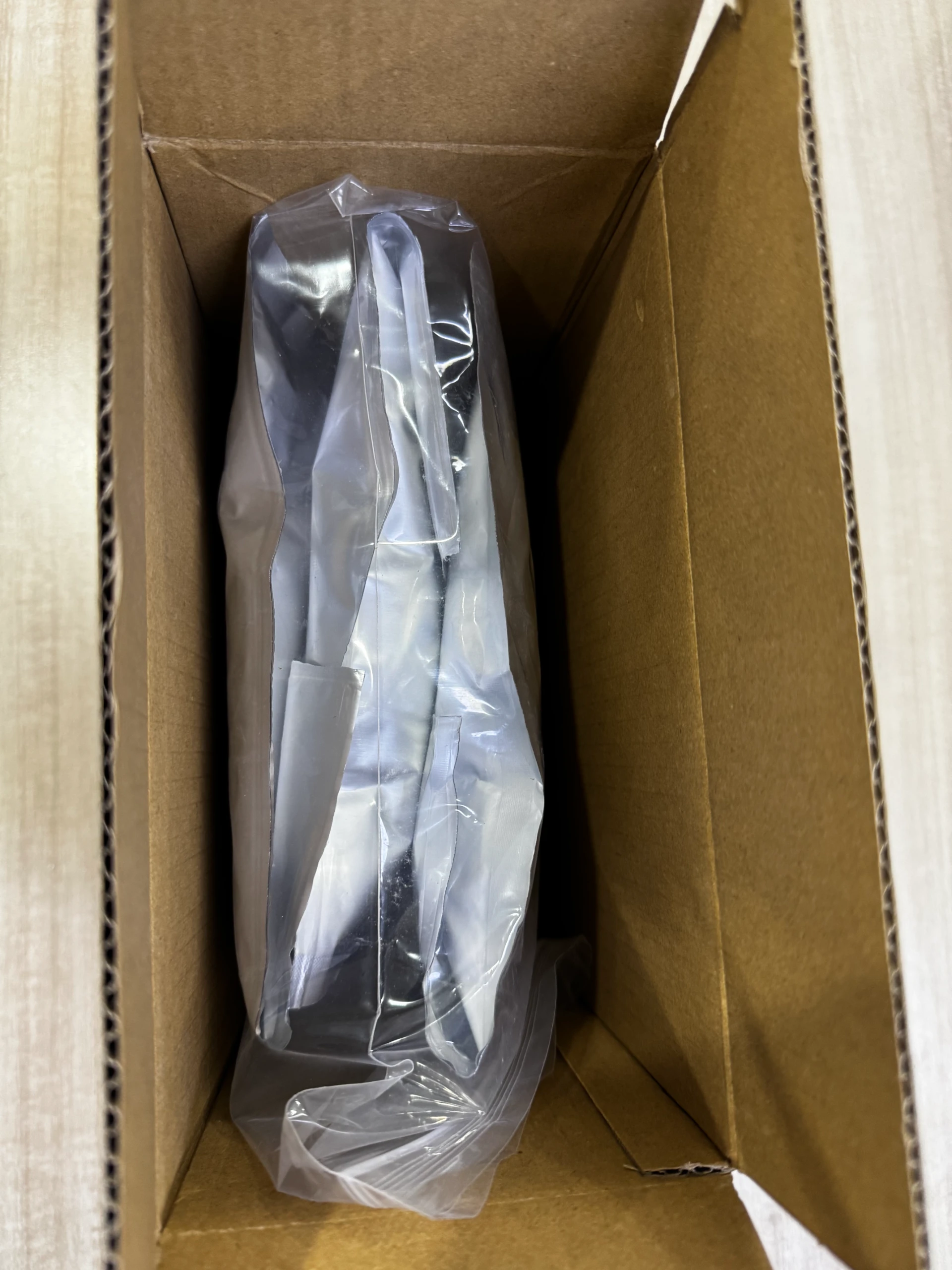Additives in plastics are substances incorporated during the manufacturing process to enhance or modify the material's properties. Common additives include plasticizers to increase flexibility, stabilizers to prevent degradation from heat and UV light, fillers to improve strength and reduce costs, colorants to provide desired colors, and flame retardants to reduce flammability. Antioxidants and antistatic agents are also added to improve the plastic's durability and performance. These additives are essential for tailoring the plastic to specific applications and improving its functionality and lifespan.
- Anaran'ny vokatra
- CAS No.
-
 19372-44-2
19372-44-2 -
 6642-31-5
6642-31-5 -
 25319526-5
25319526-5
What Are Bio Additives For Plastic?
Bio additives for plastics are environmentally friendly substances designed to enhance the biodegradability and reduce the environmental impact of plastic products. These include starch-based additives, polylactic acid (PLA), and polyhydroxyalkanoates (PHAs), which are derived from renewable resources and promote faster degradation under appropriate conditions. Enzyme-based additives are also used to accelerate the breakdown of plastics when exposed to microbial activity. These bio additives help create more sustainable plastic products by facilitating their decomposition and reducing plastic waste in the environment.
Vakio ny Vaovaontsika farany

Aug.11,2025
Sevoflurane in Veterinary Anesthesia: Applications and Benefits
Sevoflurane has emerged as one of the most valuable inhalation anesthetics in modern veterinary practice, offering unique advantages for animal patients across species.
Hamaky bebe kokoa
Aug.11,2025
Isoflurane vs Sevoflurane: Comparative Analysis of Volatile Anesthetic Properties
The world of modern anesthesia relies heavily on volatile liquid anesthetics, with isoflurane and sevoflurane standing as two of the most widely used active pharmaceutical ingredients in this category.
Hamaky bebe kokoa
Aug.11,2025
Isoflurane for Veterinary Use: Safe Dosing and Applications in Modern Animal Care
The field of veterinary anesthesia has been transformed by the introduction of safe and effective inhalational agents, with isoflurane standing as one of the most trusted options in clinical practice.
Hamaky bebe kokoa
